Pittsburgh, PA landscaping service at the click of a button
A new, easy way to get landscaping in Pittsburgh. Choose from 50+ services including mowing, cleanups, installations and more.
Your information is secure.

Meet some of our top Pittsburgh landscaping pros












What our customers are saying
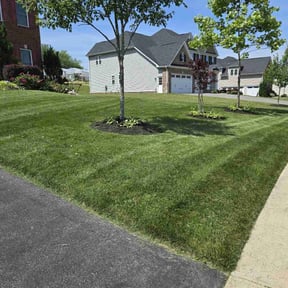
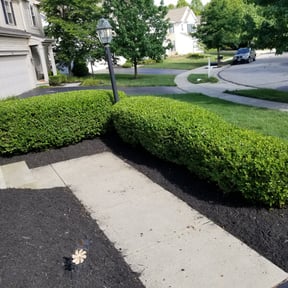

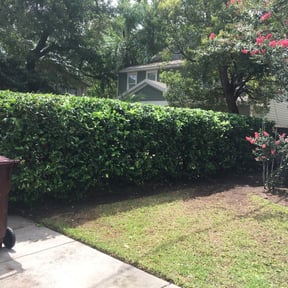



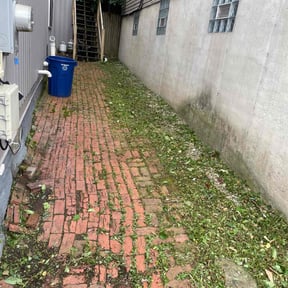

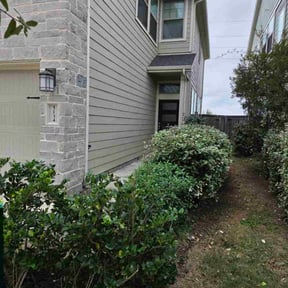

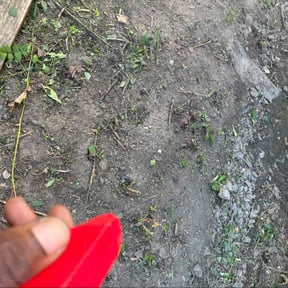




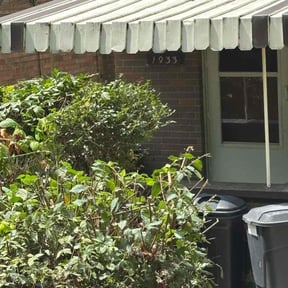

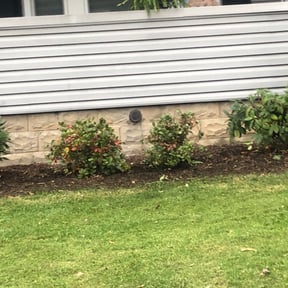

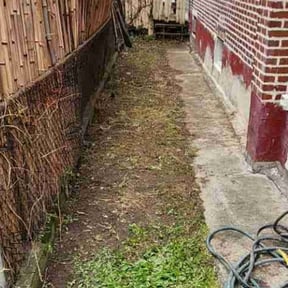

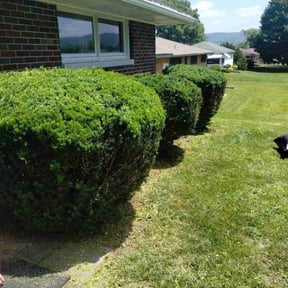

























Pittsburgh Landscaping Trends and Projects by Season
LawnStarter's Pittsburgh landscapers can upgrade your yard so it's a haven of calm to help you relax. And you won't have to do all the work.
Bushes need trimming? Flower bed need weeding? Fresh mulch needed around your trees? Our local landscaping pros do all that and so much more.
LawnStarter puts the best Pittsburgh landscapers at your fingertips.
Pittsburgh Landscaping Trends
- Natives: These are native plants that thrive in Pittsburgh and are resilient to wind, floods, and drought.
- Flood Resilience Hardscaping: Incorporating permeable paver walkways, driveways, and patios can enhance water drainage.
- Natural Stone Outdoor Kitchens: Locally sourced quarried stone can minimize transportation emissions, and materials like granite or slate are durable and aesthetically pleasing.
Pittsburgh Landscaping Projects by Season
Pittsburgh landscaping is an all-year endeavor, and this seasonal calendar will help you time these common landscaping projects in the Steel City.
Fall
- Leaf Cleanup: Bag leaves, or hire a local leaf removal crew.
- Mulch: Mulch gardens to protect plants for winter.
- Planting: Cut back perennials and plant bulbs to bloom in the spring.
- Irrigation: Winterize your system before temps dip below 32 degrees.
Winter
- Hardscaping: Plan spring projects now. A simple patio design can take 3 to 4 weeks for a landscape designer to create, while larger projects with sitting walls, a fire pit, and an outdoor kitchen might take several months to finalize.
- Shrub Pruning: Late winter or early spring.
Spring
- Mulch: Add mulch to your gardens. Fresh mulch always looks so good in the spring.
- Planting: The last frost is in late April to mid-May, so feel free to plant everything except annuals (annuals after Mother’s Day).
- Shrub Pruning: Do this in early spring to encourage new growth.
- Hardscaping: Install hardscaping after Mother’s Day. The ground has softened, and your concrete will cure better in warmer temps.
- Landscape Lighting: The soil should be soft enough to dig trenches, place fixtures, and bury wires.
Summer
- Lawn Care: Keep up your weekly mowing schedule.
- Irrigation: Install a sprinkler system and/or a drip hose for your lawn, garden beds, and trees.
- Landscape Lighting: Maintain existing fixtures by checking for cracked lenses and frayed wiring.
- Fencing: Excellent time to install a new fence or maintain an existing one.
If you're looking for landscape design or help with regular lawn care/ landscaping tasks such as weeding flower beds, pruning shrubs, or hardscaping, LawnStarter's Pittsburgh landscaping professionals are just a few clicks away.
Cost of our Landscaping Services in Pittsburgh
The cost of landscaping in Pittsburgh varies by project size and services needed. For example, installing a permeable paver patio is more expensive than weeding your garden beds.
These are the Pittsburgh price ranges for some popular landscaping projects:
- Leaf removal: $131.38
- (average price per job for up to 1-acre yard)
- Bush trimming: $37.97 - $90
- (average price for a range of bush trimming jobs)
The Best Landscapers in Pittsburgh are a Click or Call Away
LawnStarter connects you with top landscaping professionals serving all of Pittsburgh, including Point Breeze to Mt. Washington and Overbrook to Fairywood. Life is hard. Taking care of your yard shouldn't be.
LawnStarter makes it easy to book Pittsburgh landscaping services in our app, your online account, or by calling Customer Service.
